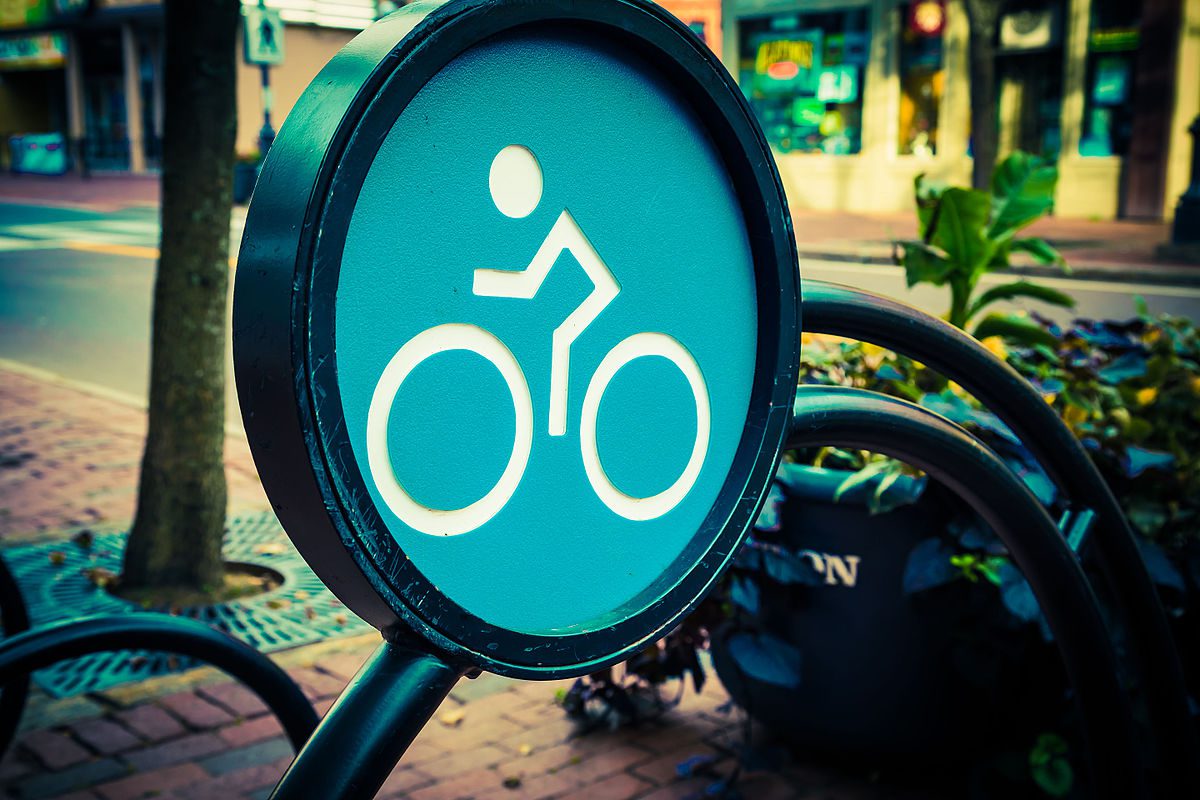Cycling collisions reach new levels on Moncton, N.B. streets in 2016
Police point to scofflaw riding as an explanation, but cycling advocates argue it's not that simple.


In the greater Moncton, N.B. area, the number of cycling collisions over the last year has skyrocketed compared to five years ago, as data reported by CBC Radio-Canada indicates. Since 2012, that data reveals, there have been 148 such collisions involving riders and motorists.
The last year has seen 34 of those reported collisions — an increase of 36 percent, police observe.
The reasons for the rising numbers, said Sgt. Andre Pepin, a local RCMP officer, are varied: notably, there are more people on the roads, he offered. Speaking with the CBC, though, Pepin looked back on the statistics of 2016 and offered another explanation, however contentious it may be to local riders.
“A lot of cyclists don’t realize that under the New Brunswick motor vehicle act, they have to follow exactly the same rules as any motorist on the road,” Pepin said. “We see a lot of cyclists on the sidewalk — not being on the road, coming to an intersection — just going across the intersection, no matter if it’s a red light or there’s a stop sign.”
More people on the roads, of course, means more riders in general, and a greater likelihood that things will go wrong sooner or later. In that respect, it’s hoped that the greater numbers will mean more safety through a “strength in numbers” effect. Nonetheless, with many advocates also seeing a notable uptick in their fellow riders compared with five years ago, the statistics, they suggest, aren’t a simple matter of failing to play by the rules
“It is unfortunate that there have been more accidents,” said Cory Herc, a rider and member of the New Brunswick Biking Advocacy organization, arguing that blame for those accidents can’t rest squarely on cyclists. “I know [Moncton] is growing very rapidly, and you’re seeing a lot of population coming in and a much younger population than has been here in the past, too.”
“Accidents do happen,” Herc said. “[But] I don’t think cycling is something that is inherently much more dangerous than any other mode of transportation. I really hope that people can move past that.” As far as solutions are concerned, Herc told the CBC that he believes “more work still needs to be done” to bring progressive bike infrastructure to the municipality, something that he and other advocates feel will draw riders to Moncton-area streets in greater numbers — and along with them, more safety.
In Moncton, 70 kilometres of protected bike lanes already exist, the CBC reported, and there are plans to add an additional 35 kilometres of infrastructure over the next few years.
In related news, friends, family members and colleagues of Ellen Watters, who was killed recently following a collision near Sussex, N.B. on Dec. 23, hope to see “Ellen’s law” — mandating that New Brunswick motorists give cyclists a metre’s clearance, like in other provinces — included among measures to make the province’s streets safer for riders.
